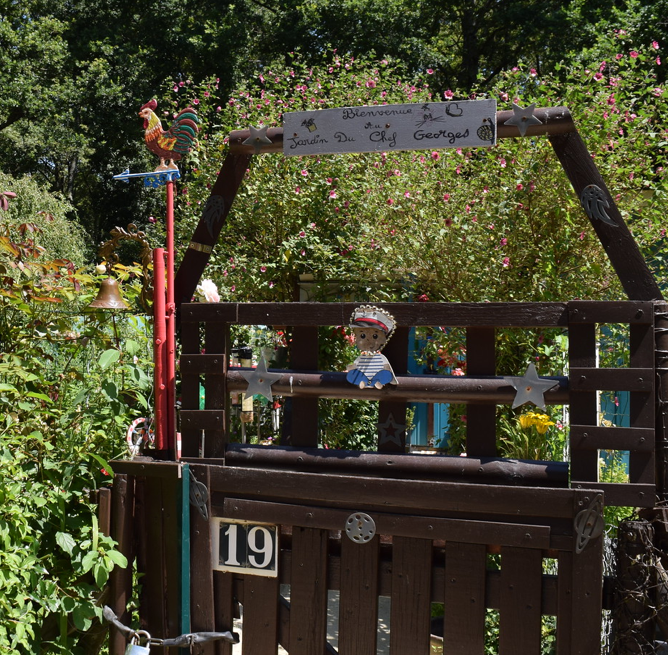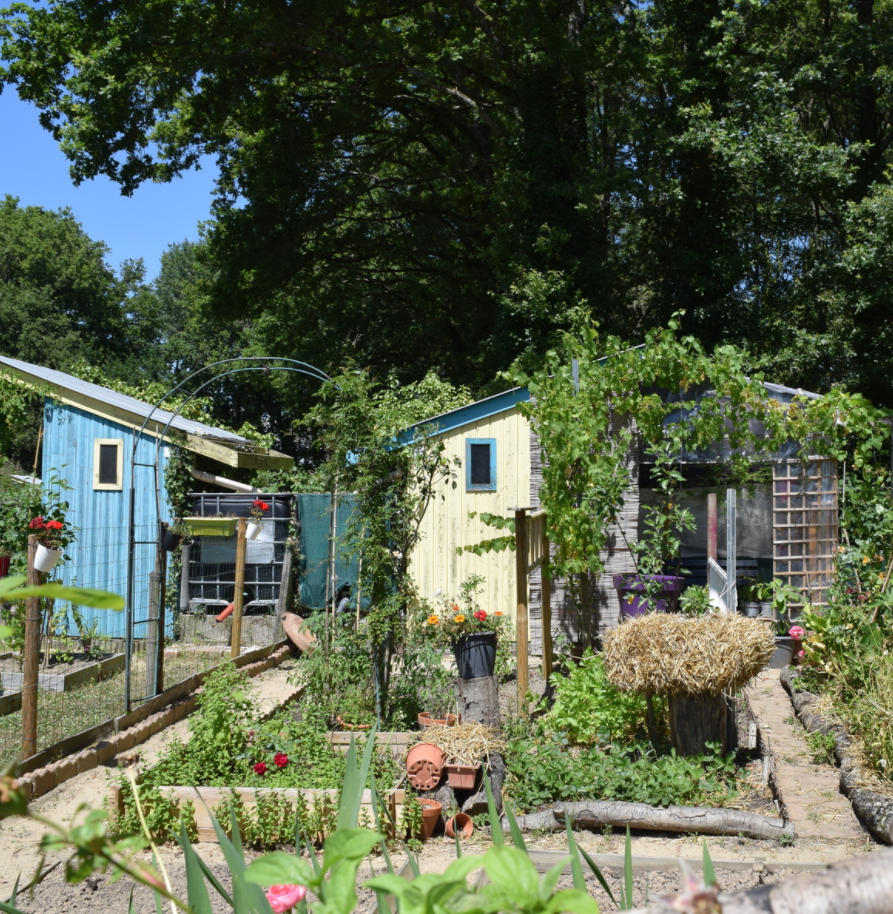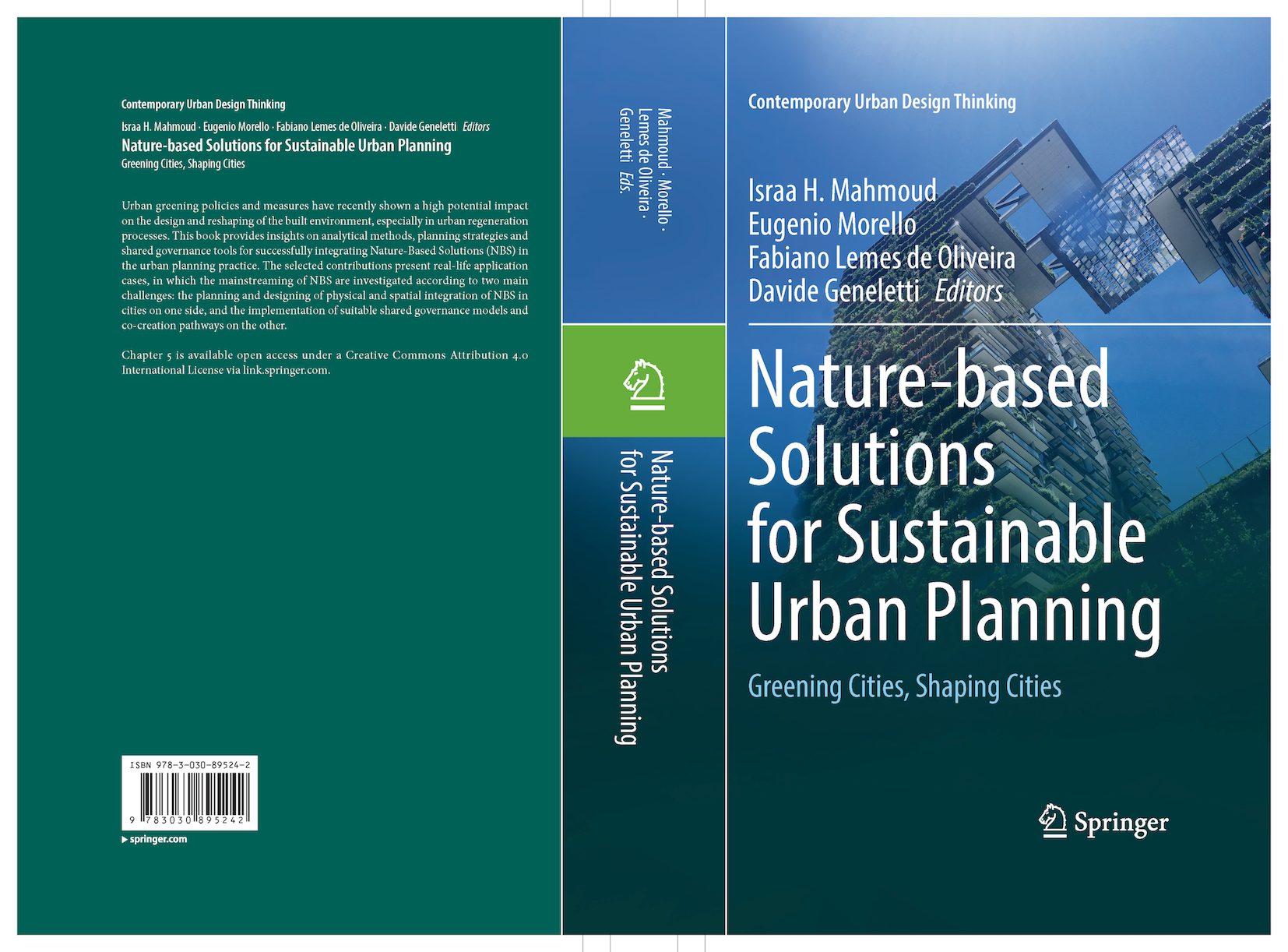Tasty Garden of Learning
CHALLENGES ADDRESSED
Score impact
Nature
Wellbeing
Health
Mobility
Participation
Economy
DESCRIPTION
The Tasty Garden of Learning is a “growing classroom” in the yard of a kindergarten or school where children, teachers and parents unite their efforts to grow together herbs, vegetables, and fruits; there they all get valuable lessons and inspiration directly from their experience with Nature. It is a multi-dimensional educational tool with a potential to address real-life challenges in an integrated manner and to organize educational activities in an easy, inclusive, and inspiring way. A Tasty GardenofLearningbringstogetherallparticipantsin the educational process in a life-enriching relationship and leads them to a creative process of learning by experiencing that supports the development of the physical, intellectual, emotional, and social intelligence of the pupils; it also unites local communities and supports their sustainable development.
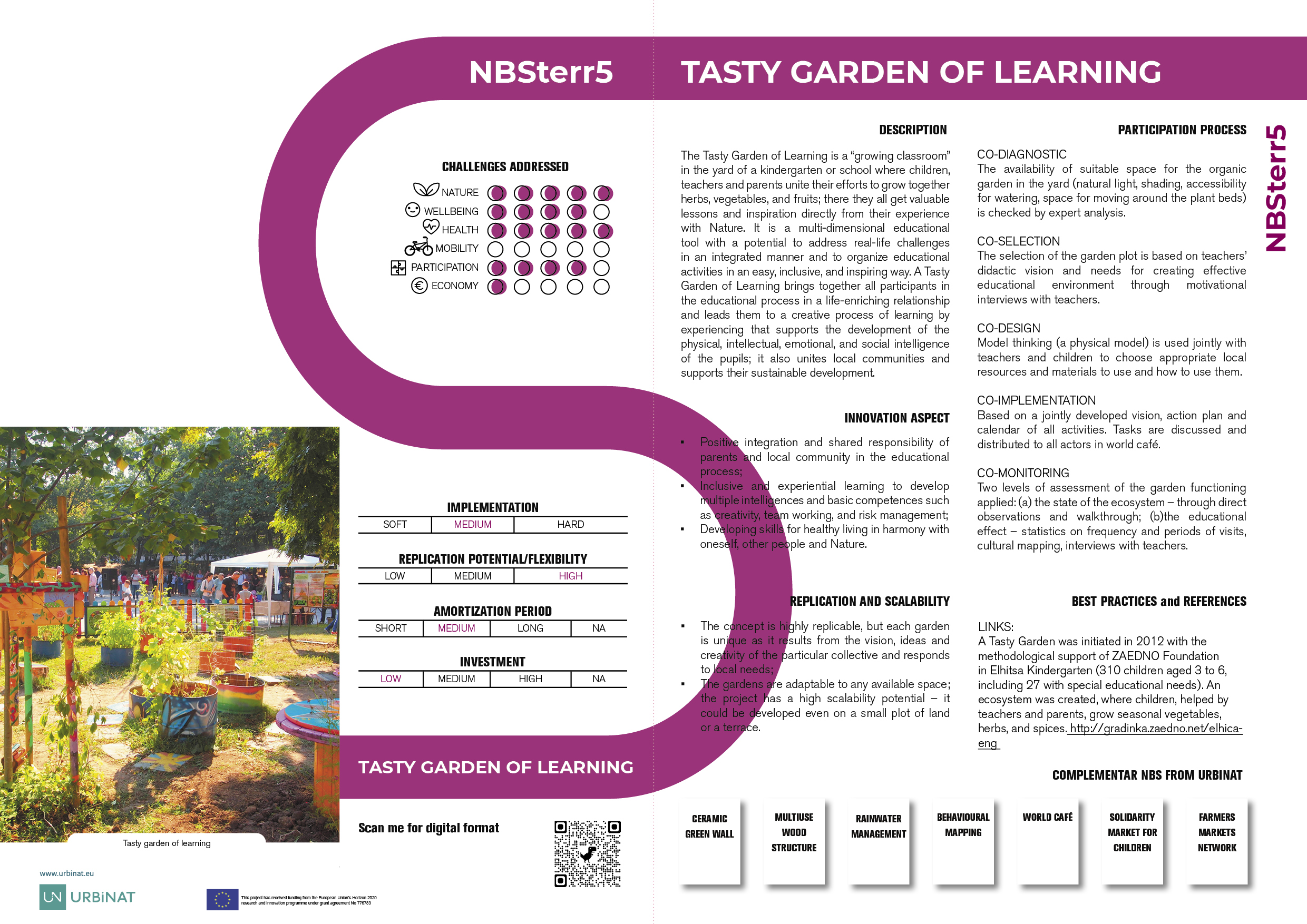
[PDF Download] Tasty Garden of Learning
The Tasty Garden of Learning is a “growing classroom” in the yard of a kindergarten or school where children, teachers and parents unite their efforts to grow together herbs, vegetables, and fruits; there they all get valuable lessons and inspiration directly from their experience with Nature. It is a multi-dimensional educational tool with a potential to address real-life challenges in an integrated manner and to organize educational activities in an easy, inclusive, and inspiring way. A Tasty GardenofLearningbringstogetherallparticipantsin the educational process in a life-enriching relationship and leads them to a creative process of learning by experiencing that supports the development of the physical, intellectual, emotional, and social intelligence of the pupils; it also unites local communities and supports their sustainable development.
INNOVATION ASPECT
REPLICATION AND SCALABILITY
PARTICIPATION PROCESS
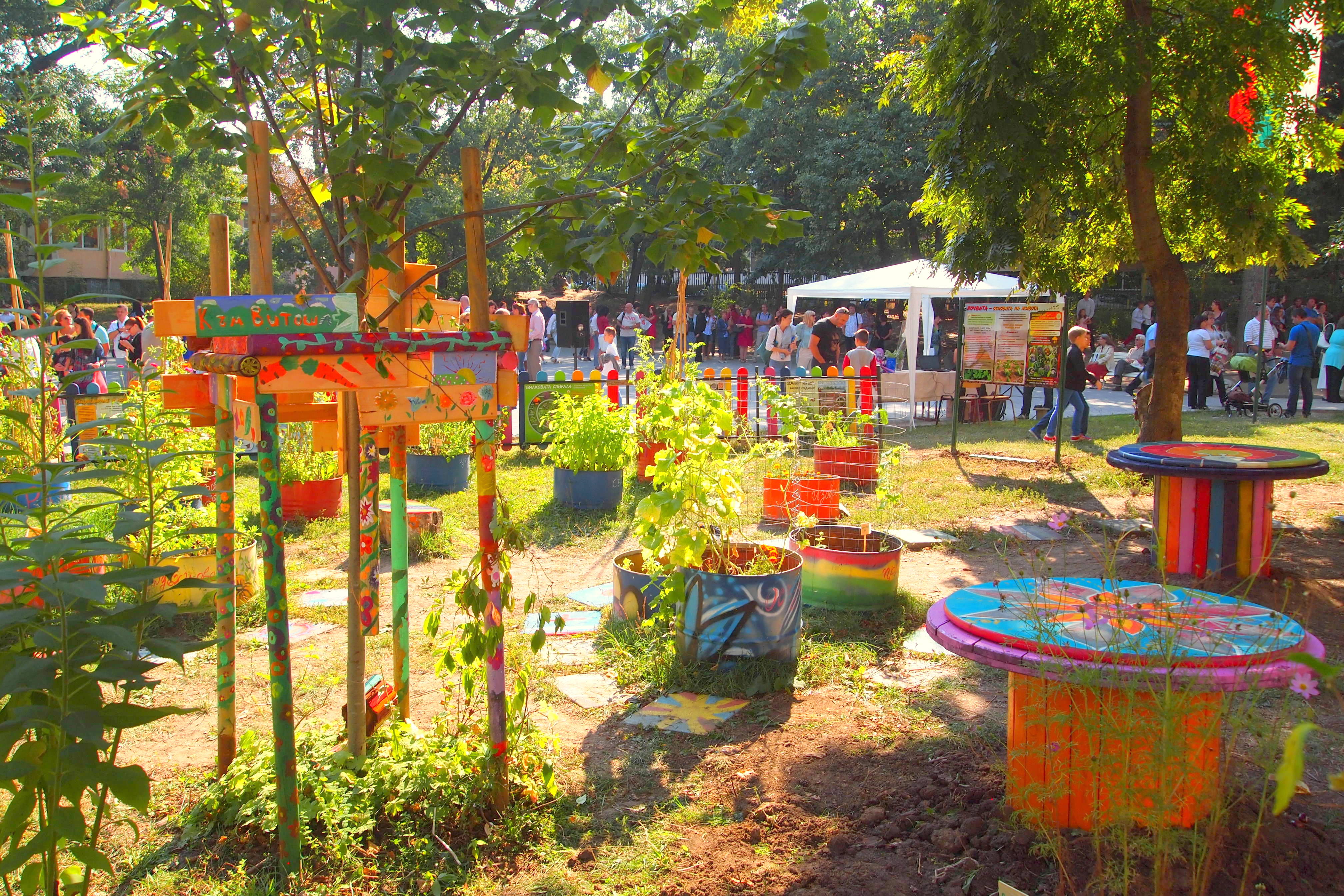
-
1
CO-DIAGNOSTIC
- Positive integration and shared responsibility of parents and local community in the educational process;
- Inclusive and experiential learning to develop multiple intelligences and basic competences such as creativity, team working, and risk management;
- Developing skills for healthy living in harmony with oneself, other people and Nature.
-
2
CO-SELECTION
The selection of the garden plot is based on teachers’ didactic vision and needs for creating effective educational environment through motivational interviews with teachers.
-
3
CO-DESIGN
Model thinking (a physical model) is used jointly with teachers and children to choose appropriate local resources and materials to use and how to use them.
-
4
CO-IMPLEMENTATION
Based on a jointly developed vision, action plan and calendar of all activities. Tasks are discussed and distributed to all actors in world café.
-
5
CO-MONITORING
Two levels of assessment of the garden functioning applied: (a) the state of the ecosystem – through direct observations and walkthrough; (b)the educational effect – statistics on frequency and periods of visits, cultural mapping, interviews with teachers.
Best Practices & References
LINKS:
A Tasty Garden was initiated in 2012 with the methodological support of ZAEDNO Foundation in Elhitsa Kindergarten (310 children aged 3 to 6, including 27 with special educational needs). An ecosystem was created, where children, helped by teachers and parents, grow seasonal vegetables, herbs, and spices.


